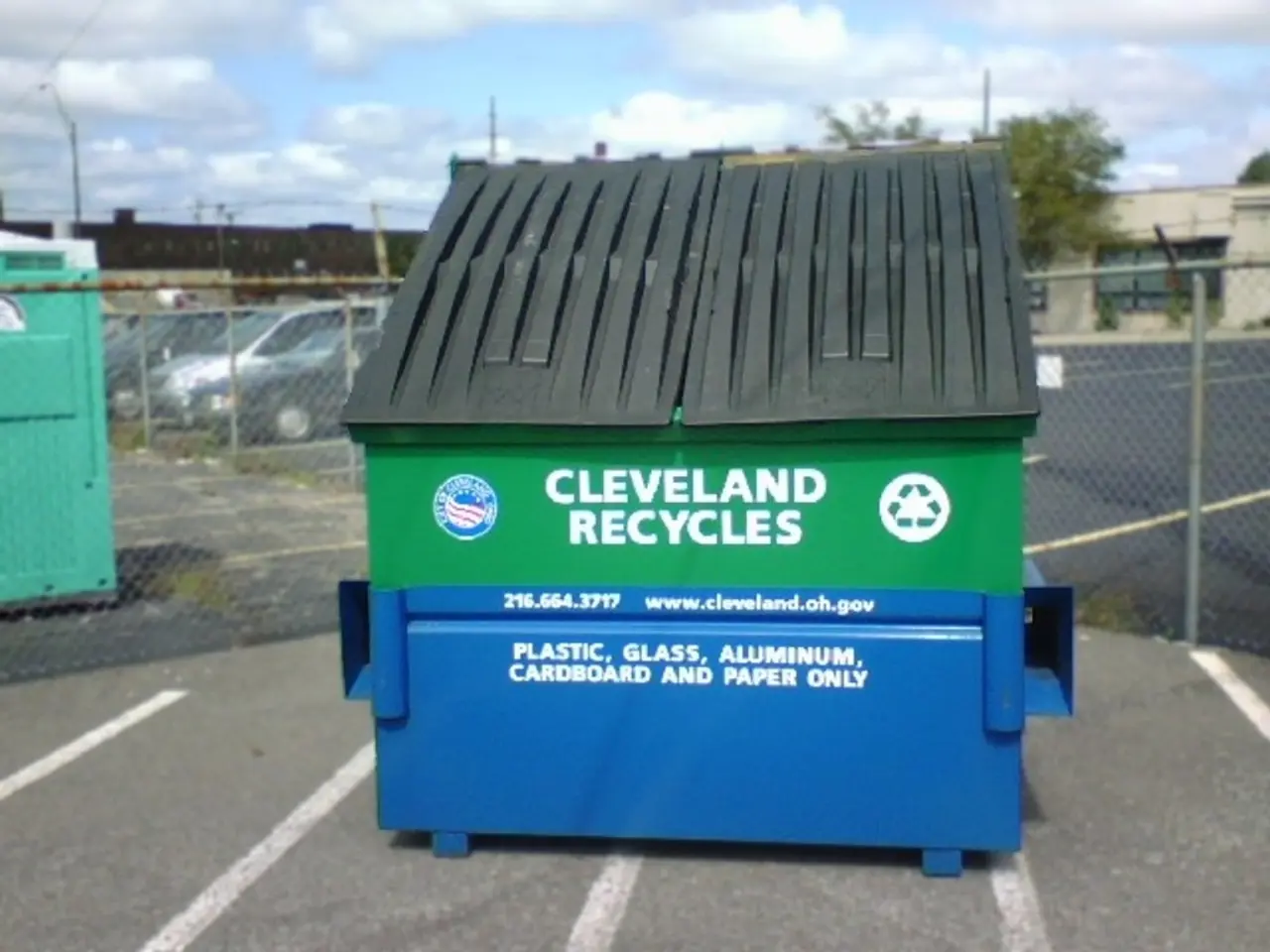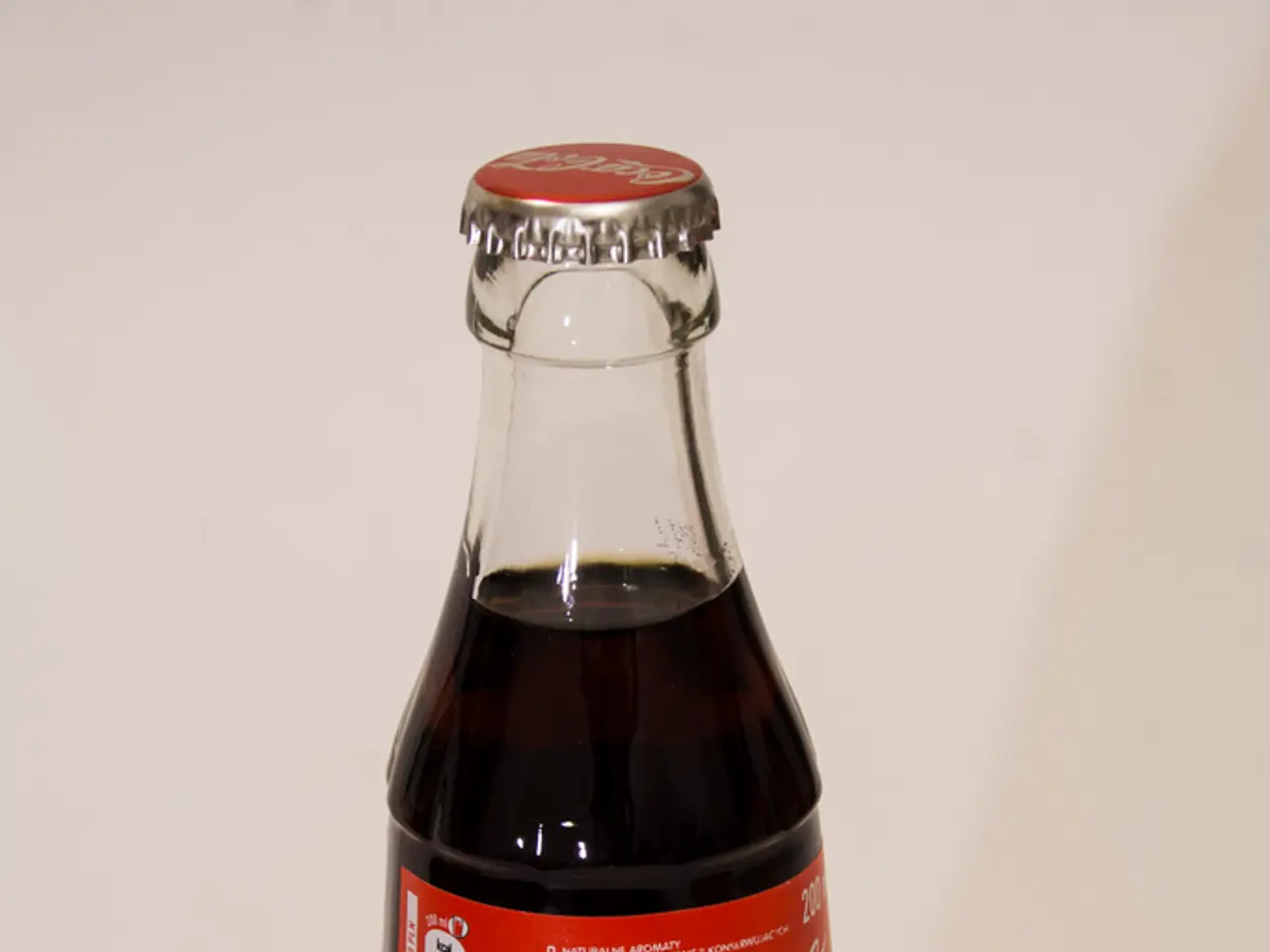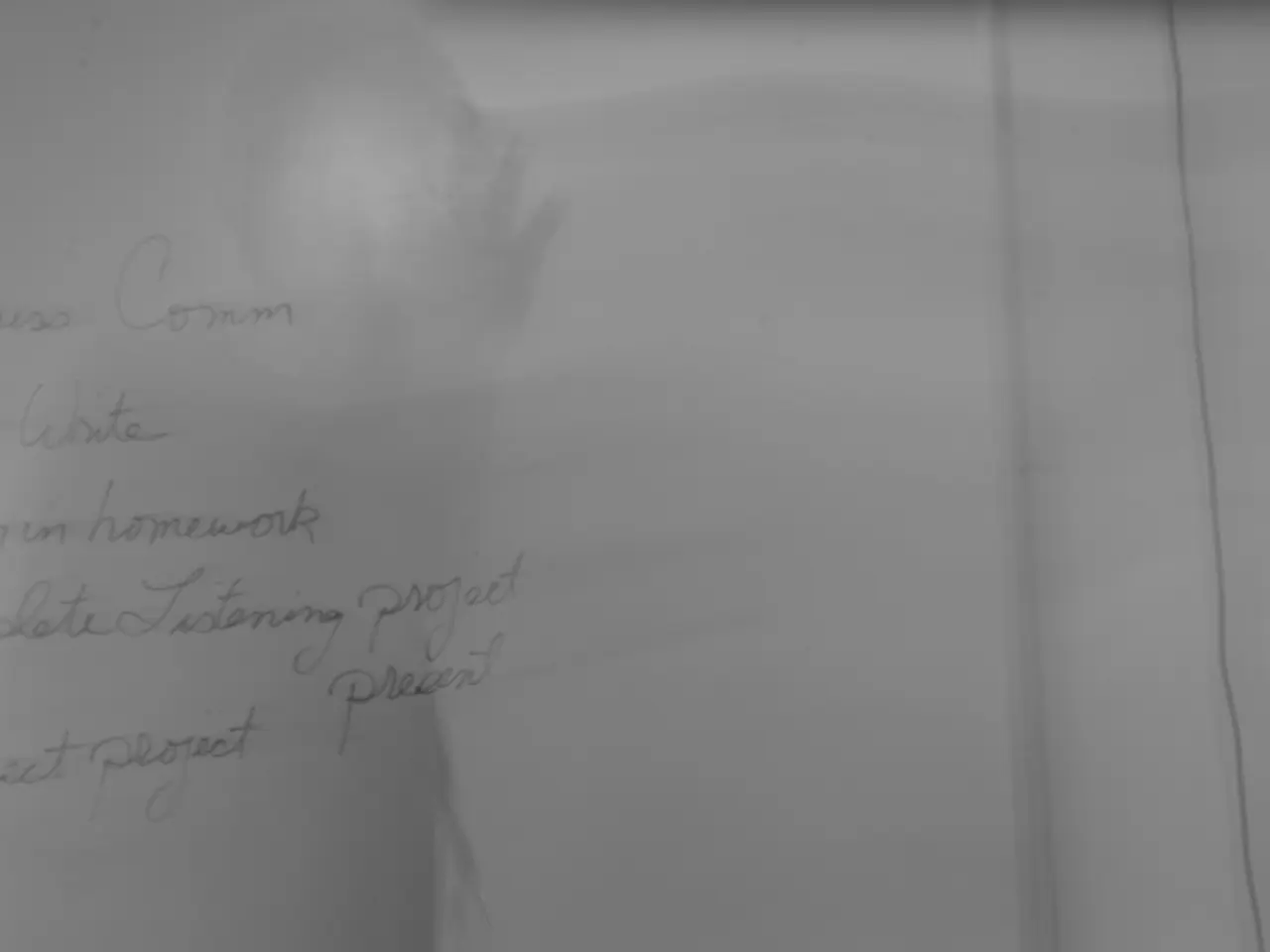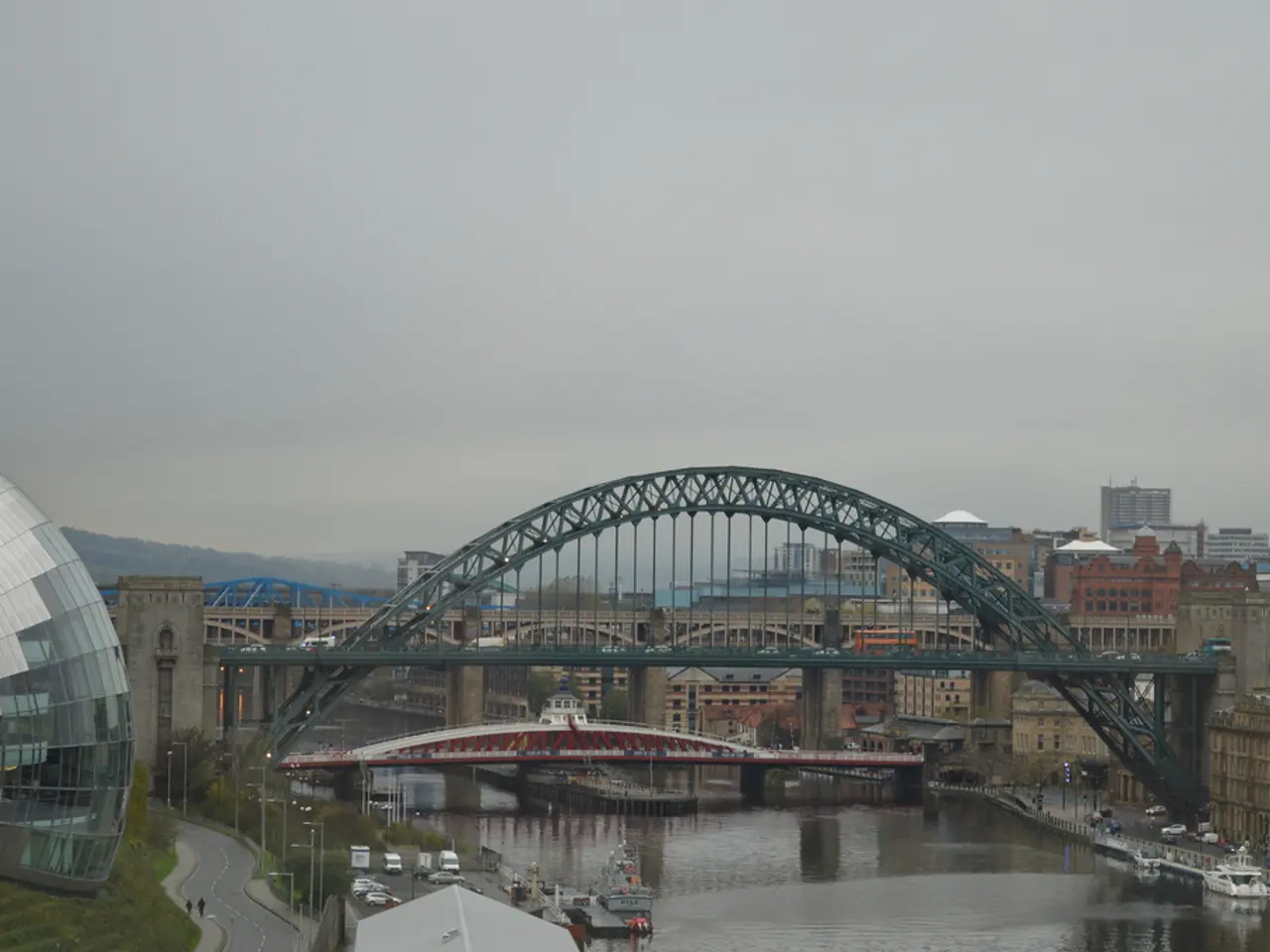Trash Disposal Now Based on Bags Paid in This Town: Outcome Examined
In the picturesque town of Plympton, Massachusetts, a change in waste management strategy has led to significant reductions in trash production and financial savings. The town, faced with financial problems due to excessive trash production, decided to implement a pay-as-you-throw (PAYT) model to address the issue.
Pay-as-you-throw waste disposal systems, which have seen steady growth in the United States since the 1980s, financially incentivize waste reduction at the household level. Approximately 6,000 U.S. communities have adopted PAYT programs, resulting in a substantial decrease in the volume of household trash generated.
In Plympton, the new system has resulted in a 48% reduction in the amount of trash disposed of by the town. This translates to a decrease from 640 tons of trash in 2022 to 335 tons in 2023. The town has saved about $65,000 a year by implementing the PAYT model.
Under the new system, residents purchase specially marked garbage bags priced by size. The cost of a 15-gallon bag is $1.25, and the cost of a 33-gallon bag is $2.50. This encourages alternatives such as reducing waste, recycling, and composting.
While some argue that PAYT may lead to a significant problem with cluttering the recycling stream or illegal dumping, Plympton's experience has been different. Officials were diligent about discouraging illegal dumping or dirtying the recycling stream, so cheating has been a virtual non-issue. If illegal dumping occurs, it typically lasts only about three months.
Initially, there was some grumbling about the PAYT model, but it was generally well-received, especially among senior citizens who produce less trash. After six months, many communities prefer PAYT over the previous system, but finding this acceptance can be challenging.
The town's system of $240 annual dump stickers was costing the local government nearly twice what it was taking in. Plympton's successful transition to PAYT is a testament to the model's effectiveness in reducing waste, increasing recycling, and yielding measurable cost savings for municipalities.
The article was originally published by Grist, a nonprofit, independent media organization dedicated to telling stories of climate solutions and a just future. Nearly half of the state's 351 municipalities have adopted a version of the PAYT model, and the trend is expected to continue as communities seek sustainable and cost-effective waste management solutions.
[1] https://www.epa.gov/waste/pay-you-throw-programs [2] https://www.epa.gov/sites/production/files/2016-03/documents/pay-as-you-throw-programs-factsheet.pdf [3] https://www.nrc-cnrc.gc.ca/eng/resources/reports/waste-management/waste-management-2016/pay-as-you-throw-programs.html [4] https://www.epa.gov/sites/production/files/2016-03/documents/pay-as-you-throw-programs-factsheet.pdf
- Gizmodo reported on the future of technology and environmental-science, highlighting the success of pay-as-you-throw (PAYT) waste disposal systems as a cost-effective solution for reducing waste and increasing recycling.
- According to a survey in Business & Lifestyle sections, approximately 6,000 U.S. communities have adopted PAYT programs, with the number expected to grow as more municipalities look for sustainable and financially efficient waste management strategies.
- In the realm of finance and business, the implementation of PAYT systems has led to significant savings for many communities, including Plympton, Massachusetts, which saved about $65,000 annually by switching to a PAYT model.
- The Earther magazine recently published an article on the environmental impact of waste management, discussing various approaches and highlighting the positive consequences of PAYT programs – not just in financial terms, but also in terms of reduced trash production and a shift toward a more sustainable lifestyle.




